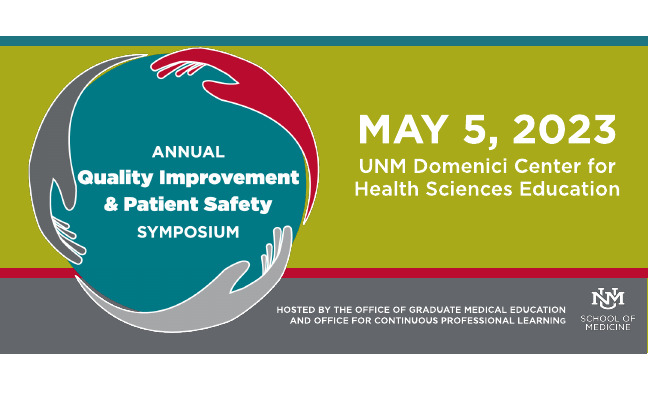Document Type
Poster
Publication Date
3-6-2020
Abstract
Introduction: Waste anesthetic gases (WAGs) contribute to climate change. There is a national initiative to reduce greenhouse gas emissions from hospitals and specifically operating rooms and associated anesthetic gases. Various gases currently used have vastly different impacts (see table). Clinicians’ knowledge of these differences and attention gas flow rates and gas type choice can significantly reduce hospital costs and environmental impacts.
Methods: We started with baseline data of purchased anesthetic gases before intervention. Next we started an ongoing informational campaign to alert all members of our department about the effect of gas choice and flow rate. We aim to measure gas type and volume used periodically over coming months and years to determine cost and environmental savings.
Results: Currently we are in the phase of information and data gathering with ongoing departmental level education. We have had a number of our Faculty, Residents and Advanced Practice Providers voice that this knowledge has changed the gas type and or flow rate they use. We aim to measure if this is true.
Conclusions: We believe we can save UNMH significant costs while reducing environmental impacts by monitoring our anesthetic gas usage.
Recommended Citation
Freeman, Joe J. and Karyn M. Nunez. "Waste anesthetic gases cost UNMH money and contribute to our institutional carbon footprint." (2020). https://digitalrepository.unm.edu/hsc_qips/35


Comments
Presented at the University of New Mexico Health Science 2020 Annual Quality Improvement and Patient Safety Symposium